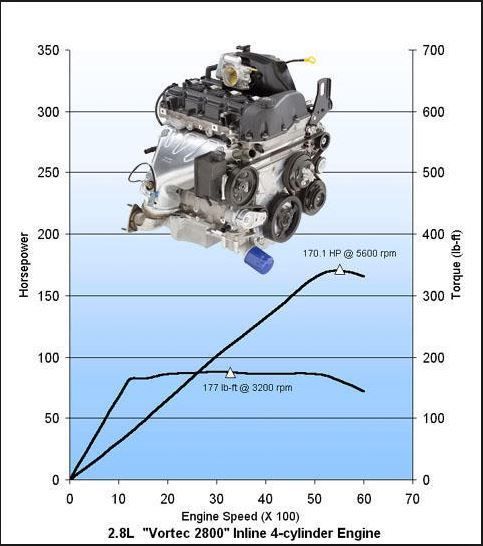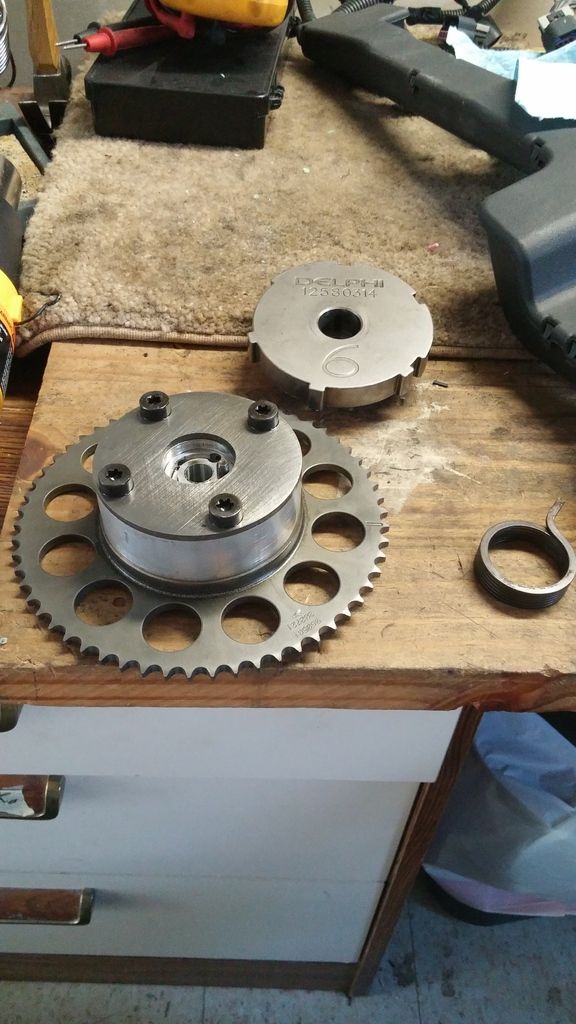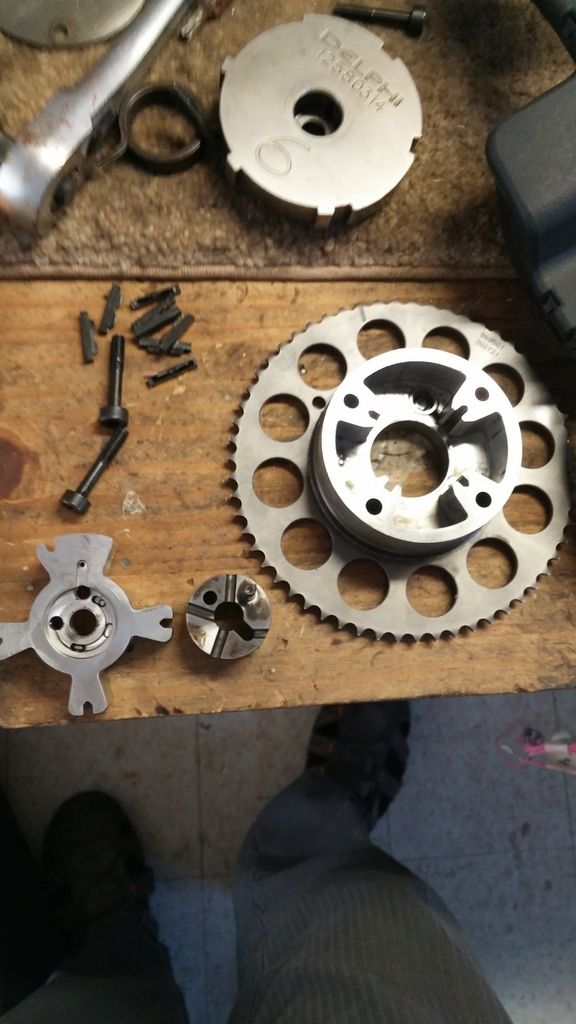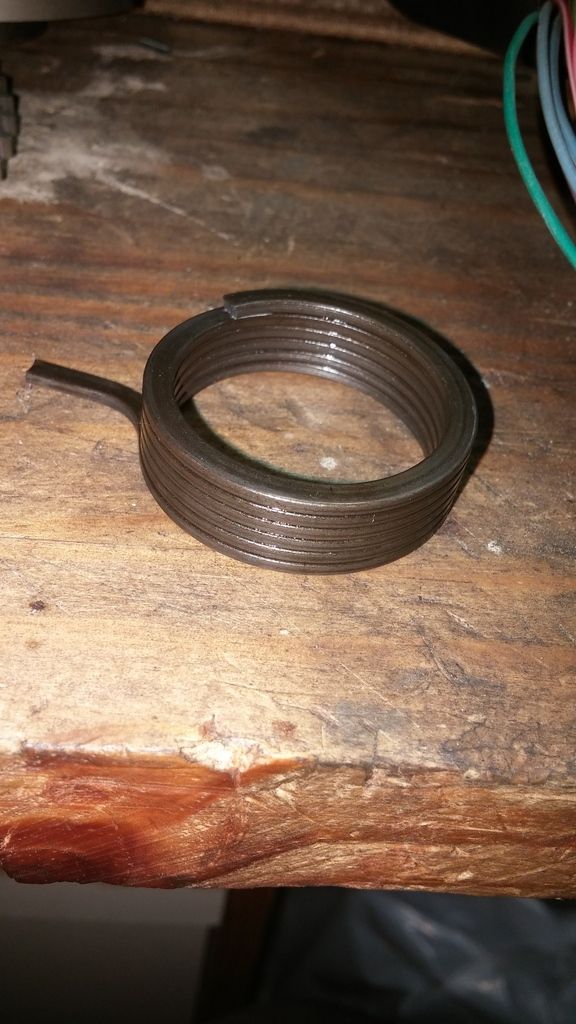That's what I thought. I don't remember where I read the beehive spring information, but it stuck in my mind from whenever/wherever I read that.
Some may get mad, but I have touched 6400 with the 2006 3.5 in my truck now. :shrug: Sometime's I wish my shift points on WOT were a little closer to that, but I love the new motor and don't need that extra push that often so I am content with 6250 shift points on this current tune.
As @limesquat said, that extra 500 RPM would be really nice between 1-2 shift.
That's interesting on the failure from valve float on the 3.5. Is upgraded springs what will fix the valve float or would it require a different lift cam to be able to handle the higher RPM's.
I'm not really looking at doing much to this truck now in terms of internals, since its my only DD but I love learning about this stuff (well really anything, I'm a nerd and proud of it) and would like to know a little for when I boost mine in the next 2-3 years. I'll be out of college then and hopefully in a situation where I could get another DD.
The later engines 2.9L and 3.7L have better valve springs if memory serves me right so they will probably get a little more than the earlier ones. I would have to guess 7,000rpm would probably be the limit on a stock engine but how long it would last doing that consistently before something lets go would be a guessing game. It also may go higher without floating, but honestly from looking at the design it's definitely not going to last long being put through that.
A 7,000RPM capable 3.5/3.7 with boost would be a true feat in terms of capability of these motors. The bottom ends seem well built from what I saw on my first motor, but it seems as though lubrication would definitely be an issue that would have to be addressed with these Atlas motors.









